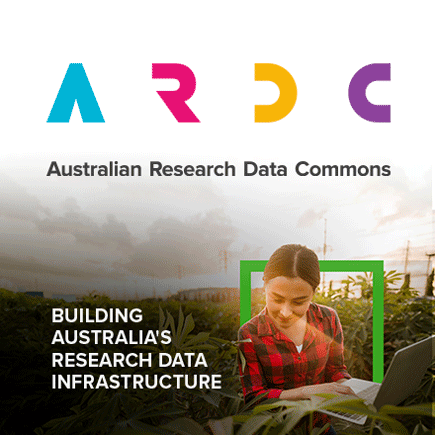Brief description
This dataset contains the effect of stress and herbivory on the establishment of alternate provenances of a foundation tree species. This data relates to plant fitness and could be used for more broader studies in this area. We established a common garden experiment within a 238 ha restoration site owned and managed by the South Australian Water Corporation (SA Water), near the township of Clarendon (-35.0882°S, 138.6236°E). We grew ca.1500 seedlings sourced from one local and two non-local provenances of Eucalyptus leucoxylon to test whether local provenancing was appropriate. The three provenances spanned an aridity gradient, with the local provenance sourced from the most mesic area and the distant provenance sourced from the most arid. We explored the effect of provenance on four fitness proxies after 15 months, including survival, above-ground height, susceptibility to insect herbivory, and pathogen related stress.Lineage
1) Apical height: We scored aboveground height in cm for each plant with a graduated telescopic surveyors stave (Alumi Staff Pty. Ltd). Height was recorded as the vertical distance between the ground and the most distal photosynthetic tissue of each plant.
2) Invertebrate herbivory: The presence of (herbivory=1) was scored as present when ca. >5% of the entire foliage showed signs of herbivory, ca. <5% herbivory=0.
3) Pathogen related stress: Stress =1) was scored if leaf browning and leaf fall were evident or leaf blight or rust was observed on the plant, (no stress=0) was scored when no obvious signs of pathogens were evident on the plant.
Notes
CreditWe at TERN acknowledge the Traditional Owners and Custodians throughout Australia, New Zealand and all nations. We honour their profound connections to land, water, biodiversity and culture and pay our respects to their Elders past, present and emerging.
We would like to thank Matthew Christmas for fieldwork assistance, Phil Druce from Blackwood Seeds Pty. Ltd. for the collection and curation of seed resources. The authors also wish to thank the Australian Research Council for funding support (DE150100542 awarded to M.F.B., LP110200805 awarded to A.J.L., and DP150103414 awarded to A.J.L. and M.F.B.).
The data set are from a project that forms one component of the author's PhD thesis where they explored the relationship of provenance-to-site distance of a core restoration species in temperate Australia (i.e. a Mediterranean biome). The PhD focuses on promoting durable restoration plantings. The author explores the relationship of provenance-to-site distance, through common gardens and reciprocal transplant experiments. The author is also developing new monitoring tools incorporating next generation sequencing of the soil microbiome that will be used for restoration metrics and adaptive management interventions.
Created: 2013-12-31
Issued: 2016-09-29
Modified: 2024-06-20
Data time period: 2013-11-01 to 2013-12-31
text: IBRA region: Flinders Lofty Block The common garden is ca238ha (-35.0882°S, 138.6236°E) provenance selection, with local ca.5km (-35.1043°S, 138.6901°E), intermediate ca.20km (-35.1612°S, 138.8517°E) and distant ca. 45km (-35.1178°S, 139.1295°E).
User Contributed Tags
Login to tag this record with meaningful keywords to make it easier to discover
- URI : geonetwork.tern.org.au/geonetwork/srv/eng/catalog.search#/metadata/04dbb46e-4c14-4fd3-8da8-14b35a0f4e6d

- global : 04dbb46e-4c14-4fd3-8da8-14b35a0f4e6d


